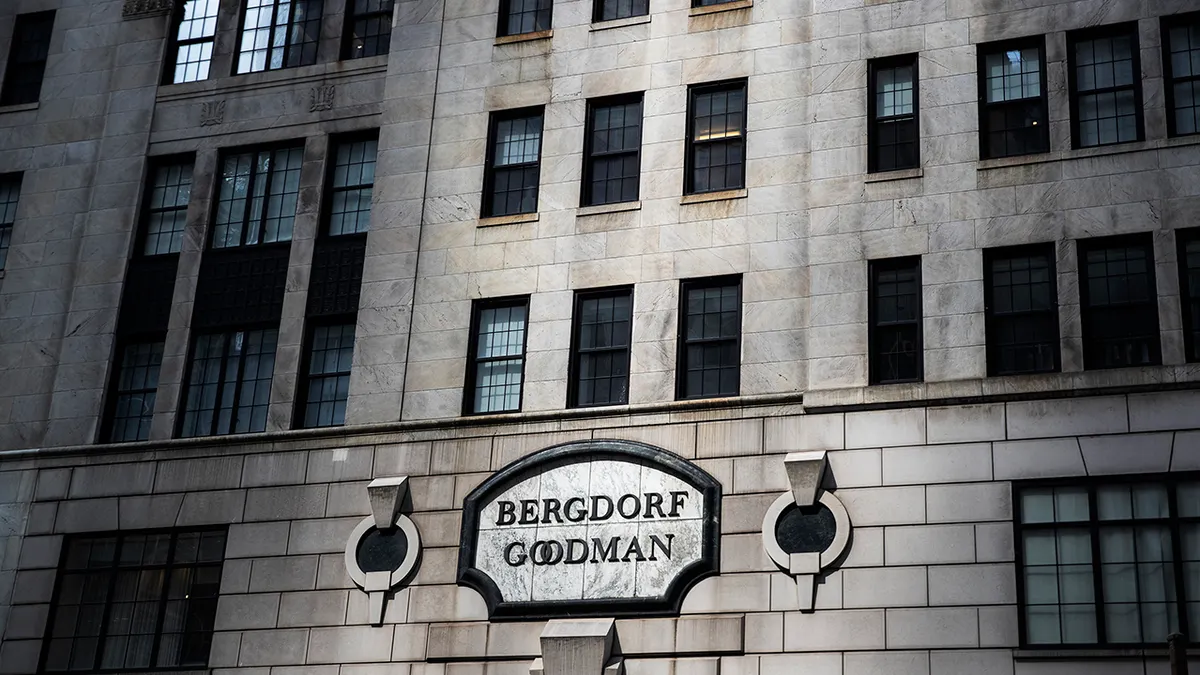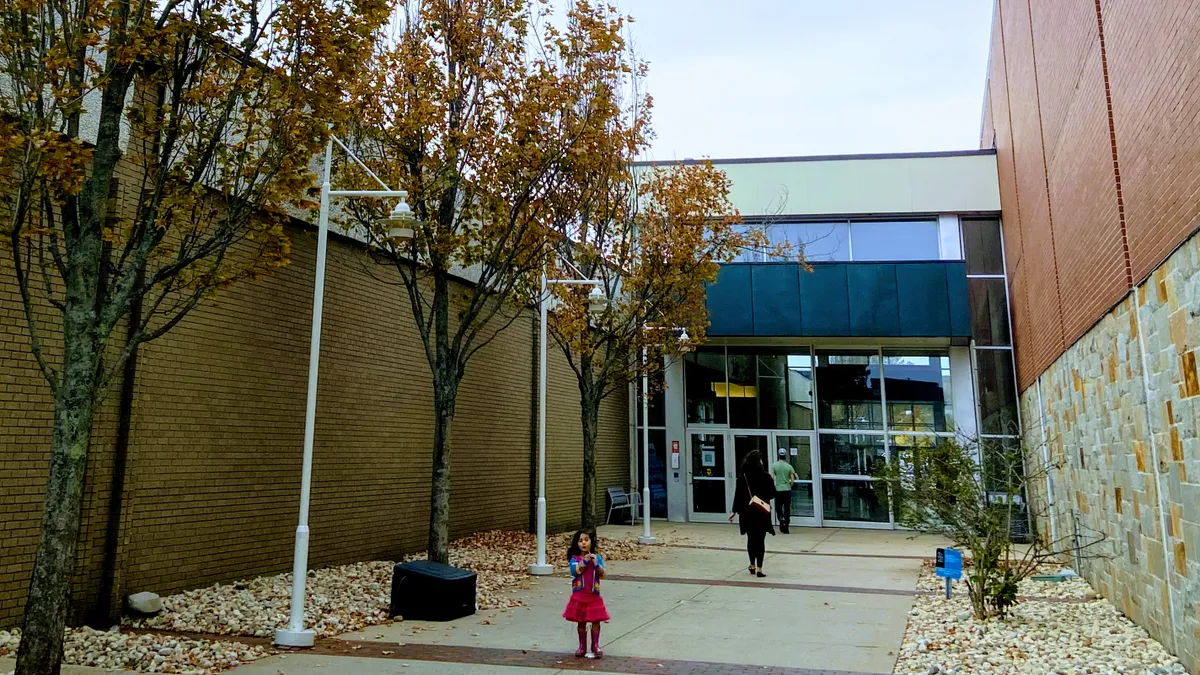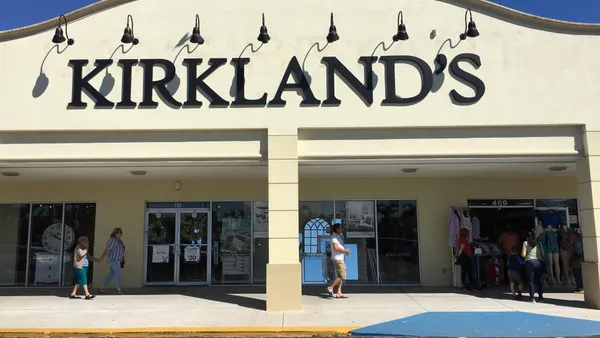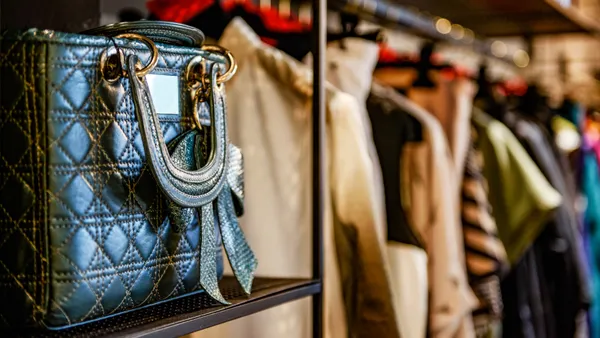Saks Global has mostly smoothed things over with vendors and has no plans to close stores, CEO Marc Metrick told BMO Capital Markets analysts at a recent meeting, according to a Friday client note.
The analysts led by Managing Director Simeon Siegel said this suggests “they are already in the best locations and like their existing fleet.” That includes 33 Saks Fifth Avenue stores, 86 off-price Saks Off 5th stores, 36 Neiman Marcus stores, five off-price Neiman Marcus Last Call stores and Bergdorf Goodman’s Manhattan flagship.
The luxury department store conglomerate didn’t immediately respond to an email asking whether this means the downtown Neiman Marcus store in Dallas will remain open beyond 2025 after all. Earlier this year, after announcing that iconic store would close March 31, the company waged a weeks-long battle with city leaders who worked to save it. Ultimately Saks Global agreed to keep the store running through the holidays.
The breakdown in relationships with suppliers stemmed from chronic issues with late payments. An unconventional payment plan devised earlier this year signaled to some analysts that the company was struggling to meet its obligations. Metrick told BMO that most vendors agreed to the terms and that Saks Global “is making progress on outstanding balances.”
The company in recent days picked up $350 million in financing commitments that analysts have said likely rescued its ability to stock up for the holiday.
Speaking with BMO, Saks executives “expressed confidence in their liquidity,” on the way to realizing its five-year goal of $600 million in synergies, with $285 million in run-rate synergies by the end of this fiscal year. That five-year target is about $100 million higher than the original target, and the 2025 run-rate is nearly doubled, per BMO.
“While acknowledging macro volatility, Metrick expressed clear excitement and confidence in his long-term business opportunities, the luxury business at large, and expressed confidence in their liquidity and vendor relationships,” Siegel said in the Friday note.
Luxury brands may be less optimistic about Saks, however, according to a report from HSBC Global Research analysts led by Erwan Rambourg. New York City-based luxury brand managers have just two major concerns, they found: “how the well-publicised financial travails of Saks Global will end and the end game for tariffs.”
“The outlook otherwise seems solid,” Rambourg said in emailed comments Thursday.
Saks Global appears to be banking on a healthy recovery for luxury consumers — who by Saks’ own measure seemed quite agitated earlier in the year — as well as on the strength of the luxury market longer term. BMO cited more up-to-date research from Saks, which found that a third of its customers making $200,000 or more are less confident about the economy in general but more confident about their own situation.
These consumers are concerned about the social/political climate above all, then a recession and stock market volatility, per that report.
At least for the moment, the stock market is leaning their way, and therefore in Saks Global’s favor. In May and June, U.S. equity markets have broadly recouped earlier losses, according to HSBC. “Of course there are other topics dominating headlines in the US at present, but it seems that luxury consumers are driven more by short-term measures of wealth, such as the value of their 401k pension plans,” Rambourg said.
Tariffs and higher prices are not top worries for Saks’ customers, per its research. BMO analysts estimate that about 80% of its goods come from Europe, and Saks Global told them that high-single digit percentage price hikes, which they characterized as “normal,” would mostly offset increased import levies.















